Neuroscience

Neurotransmitter receptors function via various G-protein coupled and G-protein independent mechanisms that activate downstream intracellular signaling pathways such as cAMP/PKA, PI3K/AKT, phospholipase A2, and phospholipase C pathways. For instance, dopamine receptors act through adenylate cyclase to activate PKA and other signaling molecules, thereby mediate gene expression through the actions of CREB and other transcription factors. Other neurotransmitters such as NMDAR or AMPAR are associated with ion channels that control flux of Ca2+ and Na+, thus propagating the action potential across the post-synaptic neuron.
Dysfunctions in GABAergic/glutamatergic/serotonergic/dopaminergic pathways result in a broad range of neurological disorders such as chronic pain, neurodegenerative diseases, and insomnia, as well as mental disorders including schizophrenia, bipolar disorder, depression, and addiction.
-
 B2260 WAY-100635 maleate saltSummary: 5-HT1A receptor antagonist
B2260 WAY-100635 maleate saltSummary: 5-HT1A receptor antagonist -
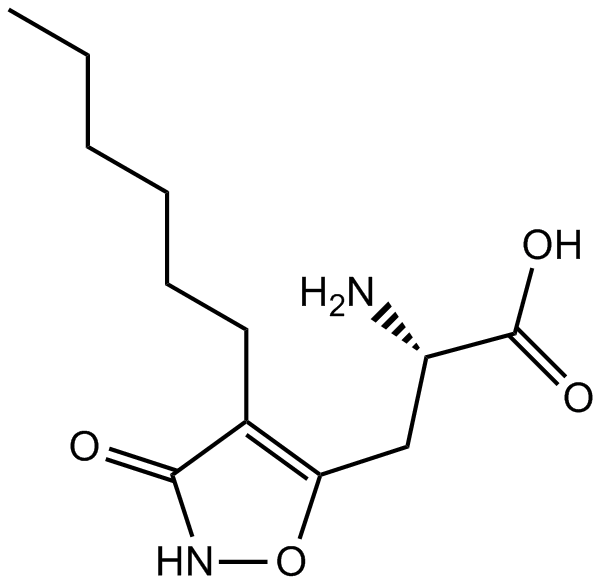 B6845 (S)-HexylHIBOSummary: Group I mGlu receptor antagonist
B6845 (S)-HexylHIBOSummary: Group I mGlu receptor antagonist -
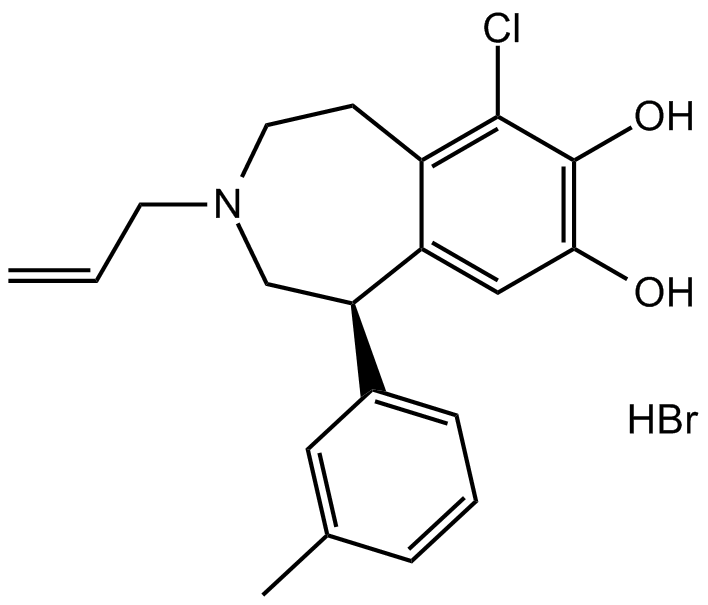 B6938 SKF 83822 hydrobromideSummary: dopamine D1-like receptor agonist
B6938 SKF 83822 hydrobromideSummary: dopamine D1-like receptor agonist -
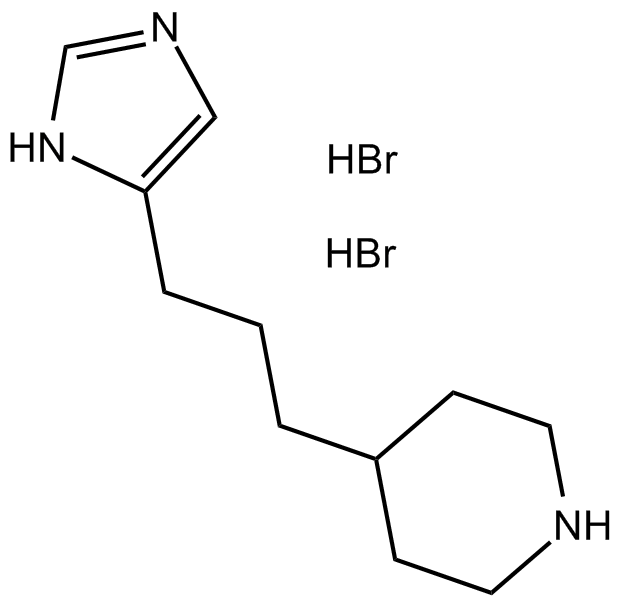 B7076 VUF 5681 dihydrobromideSummary: histamine H3 receptor silent antagonist
B7076 VUF 5681 dihydrobromideSummary: histamine H3 receptor silent antagonist -
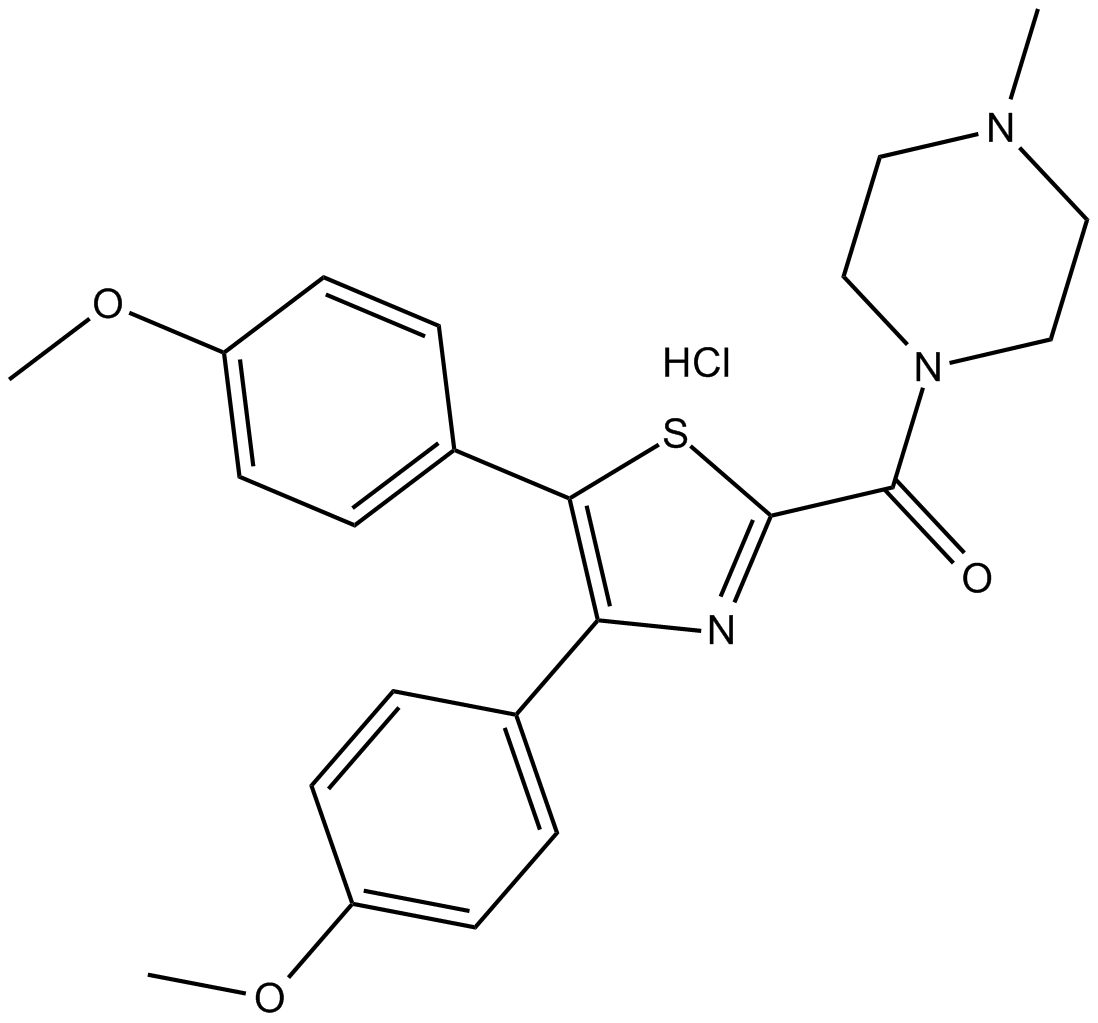 C5551 FR122047 (hydrate)Summary: selective inhibitor of COX-1
C5551 FR122047 (hydrate)Summary: selective inhibitor of COX-1 -
 B2259 VUF 10166Target: 5-HT3 ReceptorsSummary: 5-HT3 receptor antagonist
B2259 VUF 10166Target: 5-HT3 ReceptorsSummary: 5-HT3 receptor antagonist -
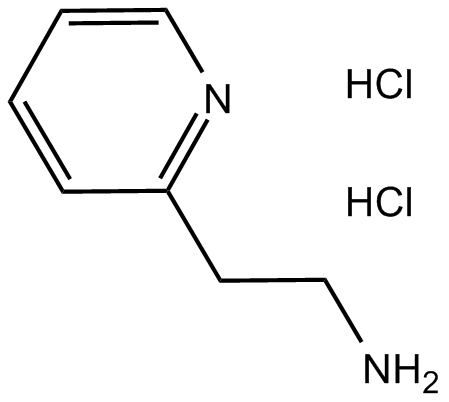 B7072 2-Pyridylethylamine dihydrochlorideTarget: Histamine H1 ReceptorsSummary: Histamine H1 receptor agonist
B7072 2-Pyridylethylamine dihydrochlorideTarget: Histamine H1 ReceptorsSummary: Histamine H1 receptor agonist -
 B6844 HexylHIBOSummary: Group I mGlu receptor antagonist
B6844 HexylHIBOSummary: Group I mGlu receptor antagonist -
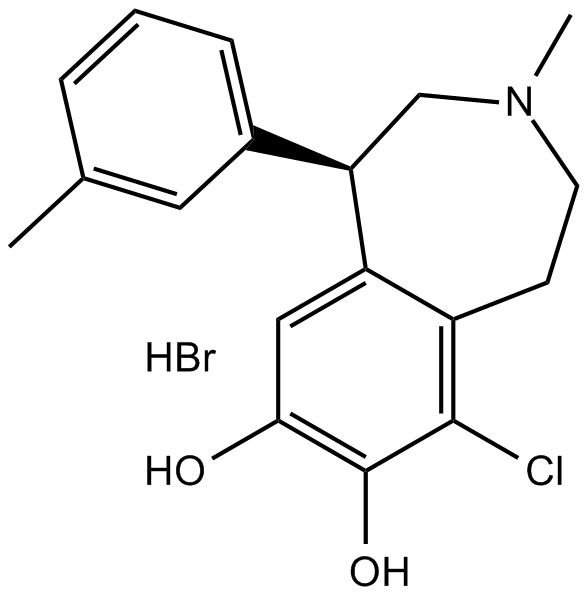 B6937 SKF 83959 hydrobromideSummary: Dopamine D1-like receptor partial agonist
B6937 SKF 83959 hydrobromideSummary: Dopamine D1-like receptor partial agonist -
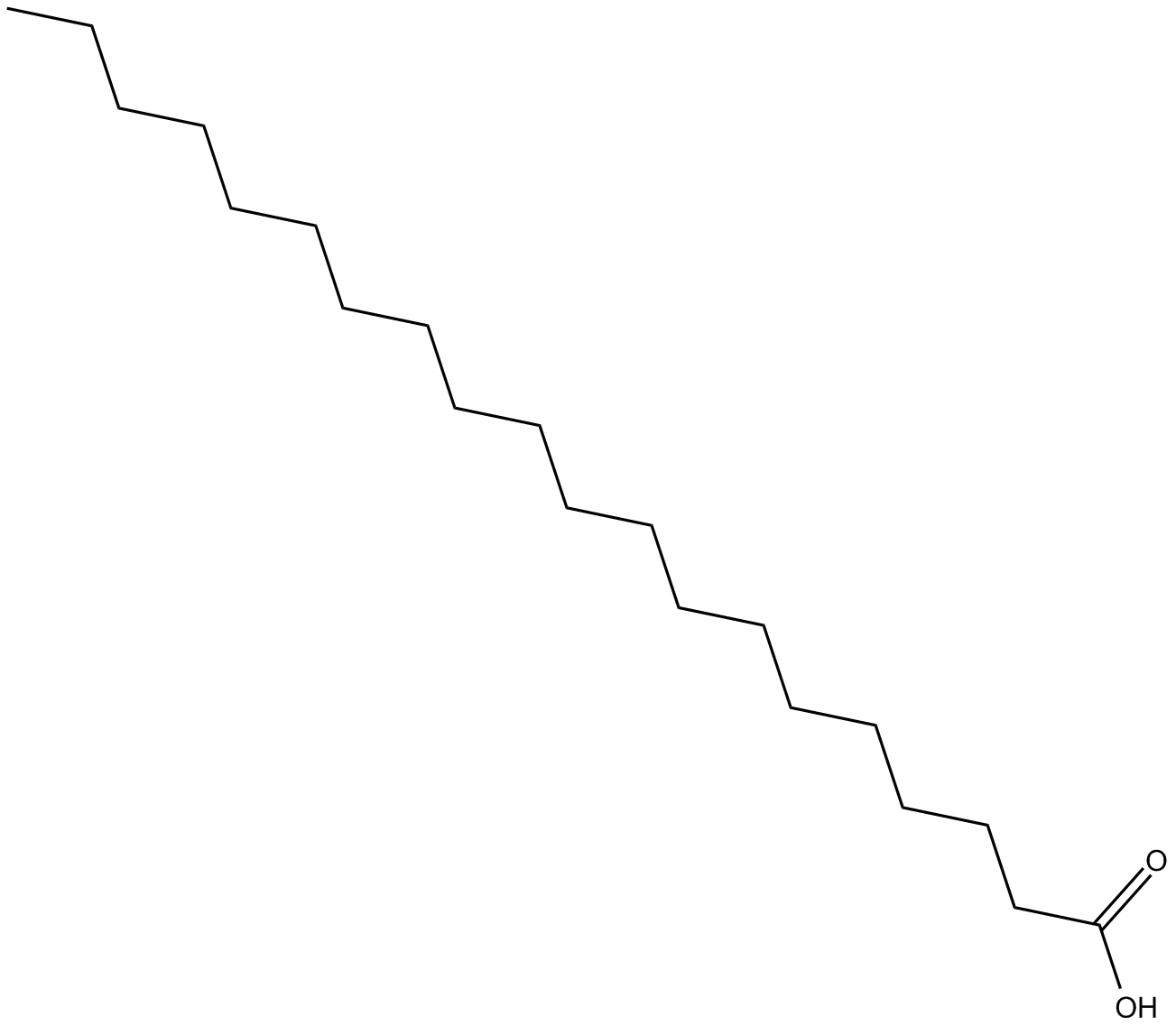 C5515 Eicosatetraynoic AcidSummary: nonspecific inhibitor of cyclooxygenases and lipoxygenases
C5515 Eicosatetraynoic AcidSummary: nonspecific inhibitor of cyclooxygenases and lipoxygenases

